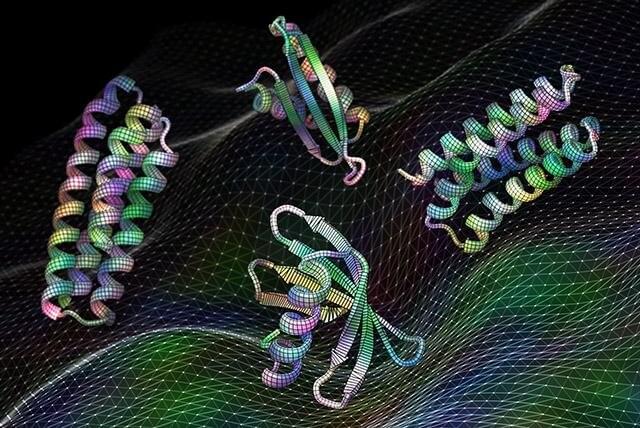Summary: Researchers suggest that when in a group, ants behave in a similar fashion to networks of neurons in the brain.
Source: Rockefeller University.
Temperatures are rising, and one colony of ants will soon have to make a collective decision. Each ant feels the rising heat beneath its feet but carries along as usual until, suddenly, the ants reverse course. The whole group rushes out as one—a decision to evacuate has been made. It is almost as if the colony of ants has a greater, collective mind.





